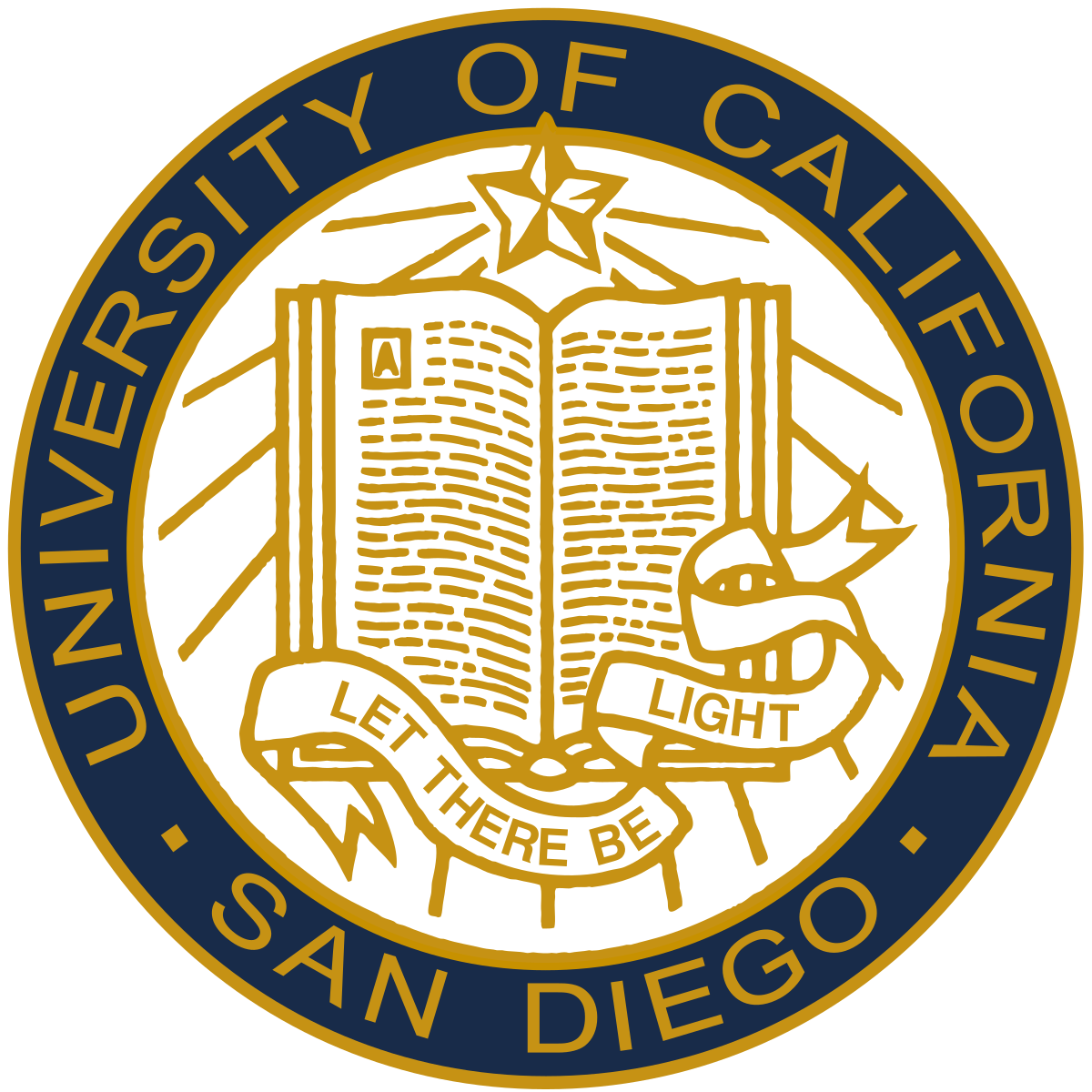UC San Diego: Reconnecting the People, Plants and Animals of the Kendall-Frost Marsh
The University of California San Diego’s Kendall-Frost Mission Bay Marsh Reserve has received an $85,000 grant from Honda to create an integrated research and public engagement program centered on bringing Native American perspectives and cutting-edge science into the management and access decisions needed to ensure the marsh’s survival as a community asset.
The significance of the grant is not just in the amount, but that it will reconnect humans to the marsh while supporting the City of San Diego’s Climate Action Plan, improving ecosystem resiliency and fortifying wildlife habitats on the marsh. The project is a collaboration between the San Diego Audubon Society, Scripps Institution of Oceanography at UC San Diego, Native Like Water, and Renascence—a non-profit led by local archeologists and also a member of the Mesa Grande Band of the Kumeyaay Nation.
San Diego Audubon is leading the collaborative project and facilitating conversations among researchers and stakeholders. They are also incorporating any new scientific and economic findings into their ongoing ReWild Mission Bay planning process. The objectives of ReWild Mission Bay align well with the grant project—namely to enhance and restore the natural wetlands of Mission Bay for cleaner water, greater climate resiliency and improved access to public space.
Kendall-Frost’s project has five objectives: assess the monetary value of the marsh for carbon sequestration; reconstruct the history of the marsh’s environment and plants; celebrate the resilience of the Kumeyaay and highlight the significance of the relationship between community and the natural environment at the marsh; assess the social value of wetland restoration; and create a memorandum of understanding between Reserve management and Kumeyaay leaders.
‘Iipay, Renascence Project Founder and Director Brandon Linton stated, “This is a monumental collaboration that promotes the insight and interests of the Kumeyaay people as a part of the building blocks of a program. In the past we are always asked to the table during the approval phase, but through this grant and partnership we hope to bring the Kumeyaay perspective and presence to the Kendall-Frost Mission Bay Marsh Reserve.”
A Valuable Tool in Fighting Pollution
Marshes remove greenhouse gases from the atmosphere and bury them as plant remains in wetland soil. The economic value of the buried carbon can be used by the City of San Diego to offset pollution through the City’s Climate Action Plan. In fact, preliminary estimates suggest the buried carbon could be worth millions of dollars to the city if there was widespread restoration of marshes across northern Mission Bay.
An important goal of the Kendall-Frost project is to produce a firm calculation of the amount of carbon buried in the marsh and its dollar value. To assess carbon sequestration at the marsh, the team will use sediment coring, sample dating and geochemical analyses.
researchers conducting sediment analysis
Sediment core analysis will help assess carbon sequestration. (cr: Erik Jepsen/UC San Diego)
The sediment core analysis to reconstruct vegetation history will be led by the Kumeyaay-directed Renascence Project, in collaboration with Scripps Institution of Oceanography. Postdoctoral scholar Matthew Costa will conduct the carbon sequestration and other sediment measurements. The team will examine changes in pollen and marine shells, charcoal, and mud composition to reconstruct the environmental history of the marsh and the surrounding area. They will also date the cores to better understand timing of events before European contact.
Costa noted that measuring the carbon burial that has occurred in coastal ecosystems—even small, constrained, urban wetlands like Kendall-Frost—can help us reimagine the city-ocean interface as a critical site for facing the environmental challenges of the 21st century.
He stated, “Combining this carbon data with knowledge about the history of the site over the course of natural and human changes can inform how we actively manage sites like these in the future to maximize their value for carbon sequestration, wildlife, coastal protection and cultural importance.”
Bridging a Nation’s Past and Present
The Kumeyaay utilized the marsh for thousands of years prior to contact and the Spanish conquest of 1769, when they were displaced. Through the grant, the Reserve seeks to provide the Kumeyaay people equitable access to the marsh and display their living history—how the land was incorporated as part of life and culture a millennium ago and how it might be reinstated as a valuable resource to the human experience.
Together community organizations and researchers will work with Kumeyaay representatives to set research priorities and discuss how best to use the resulting data in a way that benefits the land and those that call this area home. This close coordination will also allow researchers to learn from the indigenous sustainable practices that allowed for a symbiotic relationship between humans and the marsh for thousands of years. Members of the Kumeyaay Nation will also engage in public education on marsh history and cultural values.
San Diego Audubon Society Director of Conservation Andrew Meyer sees this as an important way to bring together the past and present: “This project seeks to solidify the future of this beautiful marsh by connecting Kumeyaay leaders to its management and access. We will use our community party—Love Your Wetlands Day—to share that perspective and gather community input.”
The Kendall-Frost Marsh is a part of the University of California’s Natural Reserve System (NRS), a library of ecosystems throughout California representing most of the state’s major habitats. The NRS offers outdoor laboratories to field scientists, classrooms without walls for students, and nature’s inspiration to all.
The mission of the Natural Reserve System is to contribute to the understanding and wise management of the Earth and its natural systems by supporting university-level teaching, research, and public service at protected natural areas throughout California.

